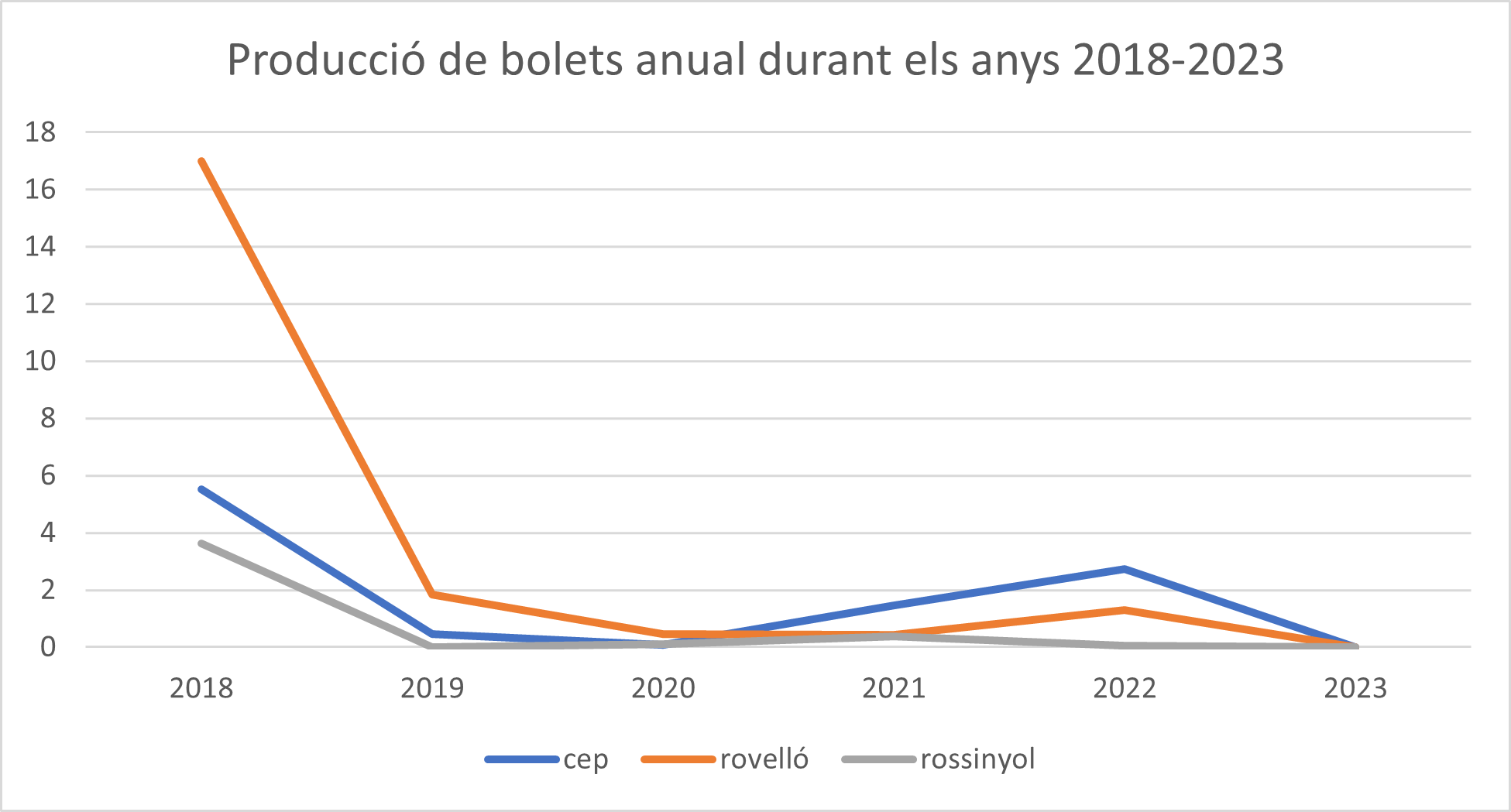Projects

Fungi are one of the most unknown taxonomic groups, although their biological interactions with other organisms, especially plants, have shown that are vital for the functioning of ecosystems. Their role as decomposers capable of degrading the most recalcitrant substances, such as lignin in plants or chitin in animals, makes them one of the main organisms that recycle organic matter. These activities have an impact on the carbon cycle, for example acting on natural carbon sink of the soil. Their biological activity will be affected, like all other living things, by the impact of climate change and also by nitrogen deposition due to pollution. This will lead to changes in the fungal communities of the soil that will affect their interconnected vegetation and may have unpredictable consequences on ecosystems. On the other hand, fungi produce ecosystem services in the form of fruiting bodies (the popular mushrooms) that are harvested every season and become a source of economic resources as they are a tourist and leisure attraction, apart from their use as a gastronomic product.
The main objective of this project is to assess the effect of global change on the diversity and production of mushroom in mountain pine forests (Pinus uncinata) and in the forest edge of Andorra, because the mountains of the Mediterranean territory are expected to be among the most affected by climate change.
A second objective of this study is to complete the checklist and the red list of Fungi in Andorra. The checklist project began in 2000 and the study of the impact of climate change on fungi started in 2018.
In order to carry out this study, 49 study plots of 10x10 metres have been established. It is expected that, with climate change, there will be variations in the diversity and production of mushrooms. An increase in temperature could prolong their production into winter. On the other hand, more scarce or more stormy rainfall will lead to a reduction in production.
In recent years we can indicate that there has been a decrease in the annual production of edible wild mushrooms.
| 2018 | 2019 | 2020 | 2021 | 2022 | 2023 | |
|---|---|---|---|---|---|---|
| Boletus edulis | 5,51 | 0,45 | 0,09 | 1,45 | 2,73 | 0,01 |
| Lactarius deliciosus* | 17 | 1,83 | 0,45 | 0,43 | 1,31 | 0,01 |
| Cantharellus cibarius | 3,63 | 0,01 | 0,12 | 0,37 | 0,05 | 0,01 |

In parallel to this search on mushrooms, a protocol has been established to assess the diversity of fungi in soil, from soil samples, using metabarcoding. Metabarcoding is a technique that uses DNA sequencing to identify and study the diversity of different groups of organisms, in our case fungi, in environmental samples. This method involves analysing a specific region of the fungal genome to identify the species present in the community.
[1] M. Niell, A. Valverde, J. Girbal, “Addicions al catàleg micològic d’Andorra. I.” Revista Catalana de Micologia, 38: 21-30. 2017.
[2] M. Niell, C. Pladevall, “Primera aproximació a una llista vermella dels fongs d’Andorra.” Revista Catalana de Micologia, 39: 39-64. 2018.
[3] M. Niell, A. Valverde, J. Girbal. “Addicions al catàleg micològic d’Andorra II.” Revista Catalana de Micologia, 39: 23-38. 2018.
[4] M. Niell, A. Valverde, B. Claramunt, “Addicions al catàleg micològic d’Andorra III. Fongs nous o poc citats a Andorra.” Revista Catalana de Micologia, 40: 75-85. 2019.
[5] M. Niell, A. Valverde, B. Claramunt, “Addicions al catàleg micològic d’Andorra IV. Fongs nou o poc citats a Andorra.” Revista Catalana de Micologia, 41: 33-44. 2020.

 Manel Niell
Manel Niell